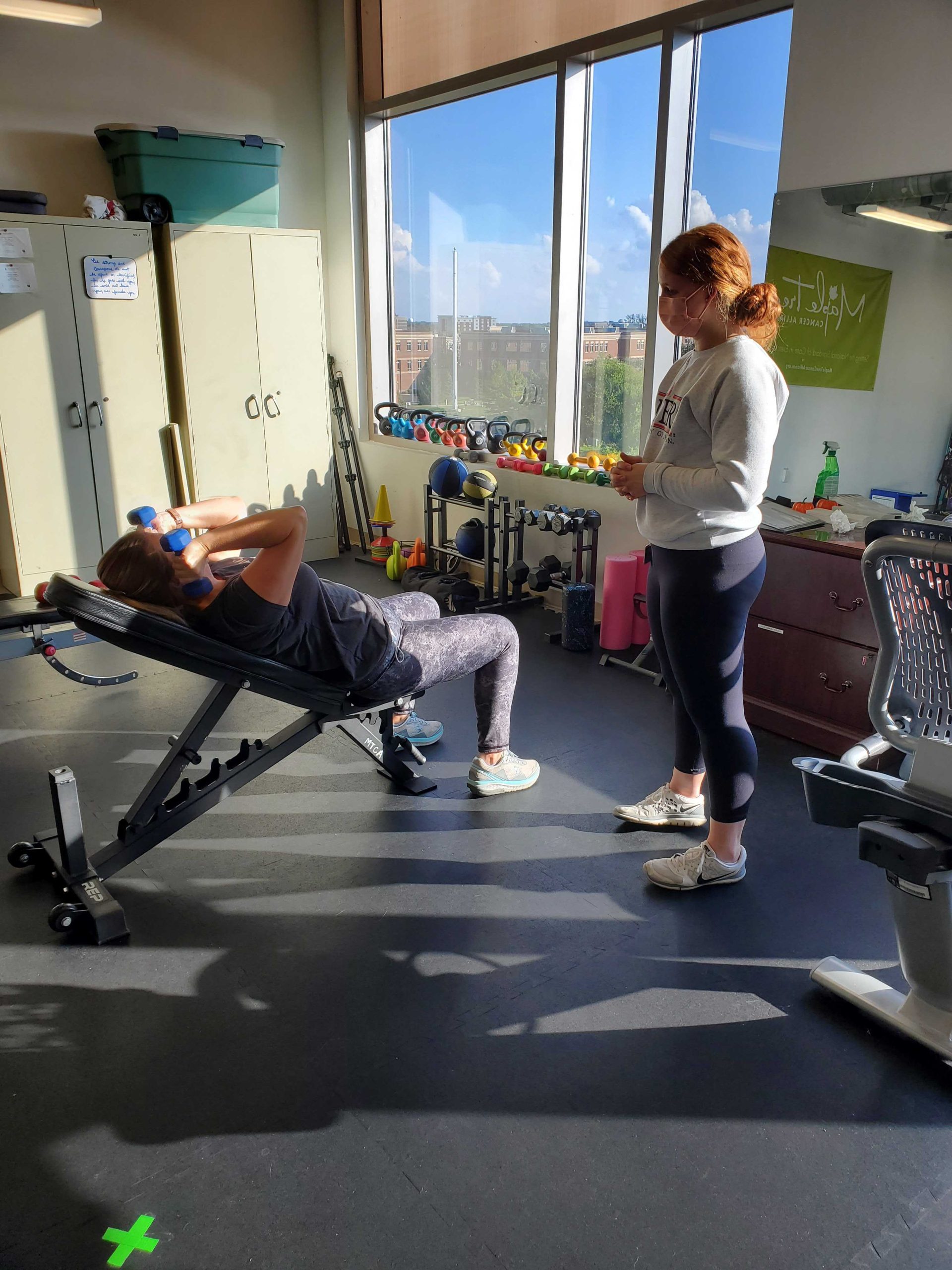by Kaleb Holbrook
Resistance training is an exercise that focuses on the contraction of a muscle against resistance. Resistance training helps for many different reasons. The main reasons being to increase one’s muscular endurance, strength, and power of the active muscles. Resistance exercises can use any external resistance; a few examples are dumbbells, elastic bands, your bodyweight, and even canned goods. These exercises consist of isometric, isotonic, isokinetic, and plyometric exercises. Within these exercises, there are two types of muscular contractions, isometric and isotonic contractions.
Isometric Exercise
Isometric exercises consist of activities that focus on isometric contractions. This type of exercise involves the contraction of a muscle without movement of the joint. Although the joint doesn’t move, muscles still generate a force that can increase strength; the absence of shortening and lengthening joints makes this exercise a great starting point for those who lack the range of motion and are recovering from surgery. A few popular isometric exercises would be a plank, glute bridge, and wall sits. When performing a plank, the isometric contraction of your core can keep your body elevated off of the floor without changing length in a joint.
Isotonic Exercise
Isotonic exercises may be the most familiar exercise of the four. This type of exercise is dynamic and requires movement in a joint. An isotonic exercise consists of two types of contractions: concentric and eccentric. A concentric contraction involves a muscle to shorten against a force, whereas an eccentric contraction requires muscles to lengthen when controlling an external resistance. It’s optimal to focus more time on the eccentric contraction rather than a concentric contraction. When doing so, you are increasing the potential of strength and motor control. Examples of isotonic exercises are bicep curls, shoulder presses, and squats. You concentrically contract your bicep as you bring a dumbbell up towards your shoulder, and you eccentrically contract your bicep as you control the dumbbell back down to your side.
Isokinetic Exercise
An isokinetic exercise involves shortening and lengthening a muscle at a constant speed. These exercises require machines that help produce a constant speed and resistance in which they are performed. The consistent velocity and resistance lower the risk of injury while still increasing strength and flexibility in a muscle. Isokinetic exercises are great for individuals who lack balance, coordination, and experience. Stationary bikes and treadmills focus on isokinetic resistance. Stationary bikes manage your velocity and resistance while concentrically and eccentrically contracting your leg muscles.
Plyometric Exercise
Plyometric exercises involve rapid concentric and eccentric contractions of a muscle. This type of exercise helps to yield the best results in increasing muscular endurance and power. Some sports-related activities are considered plyometrics, which helps to improve coordination in that movement. Most of these exercises involve a type of explosive or jumping movement. Examples of plyometric exercises are jump squats, box jumps, and burpees. A squat jump involves an explosive concentric and eccentric contraction to allow you to jump up and squat down.

